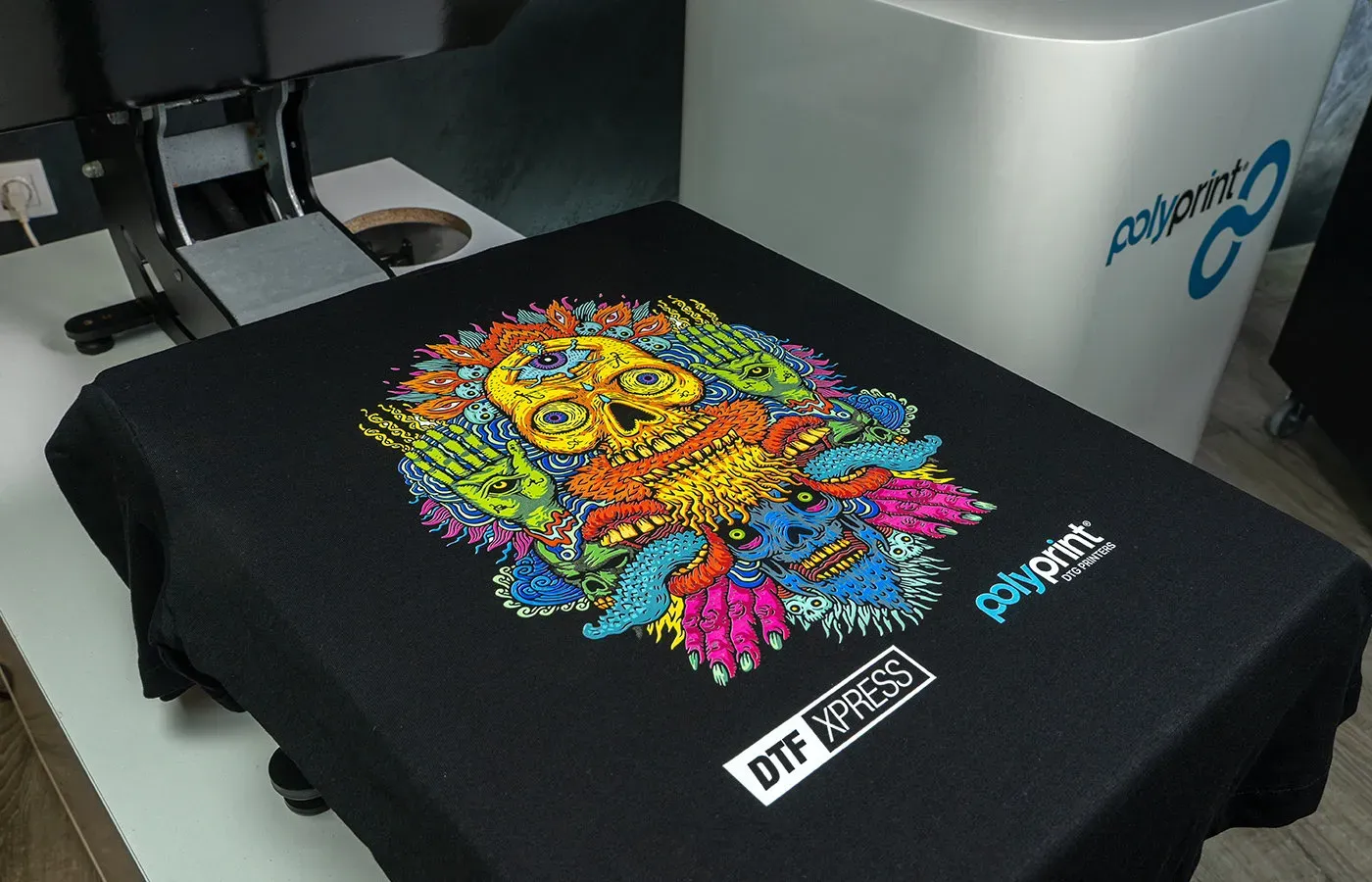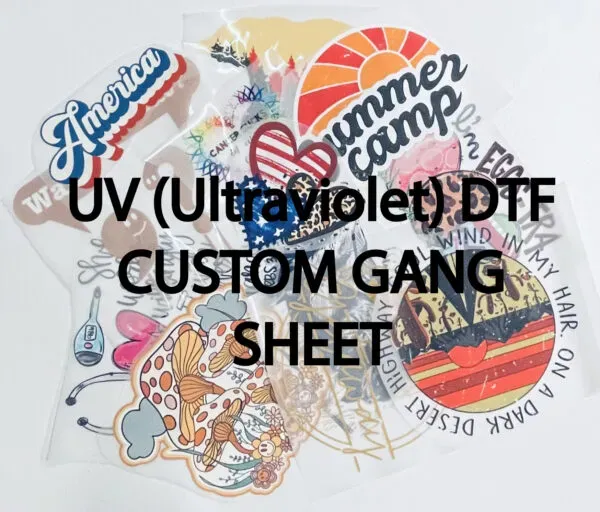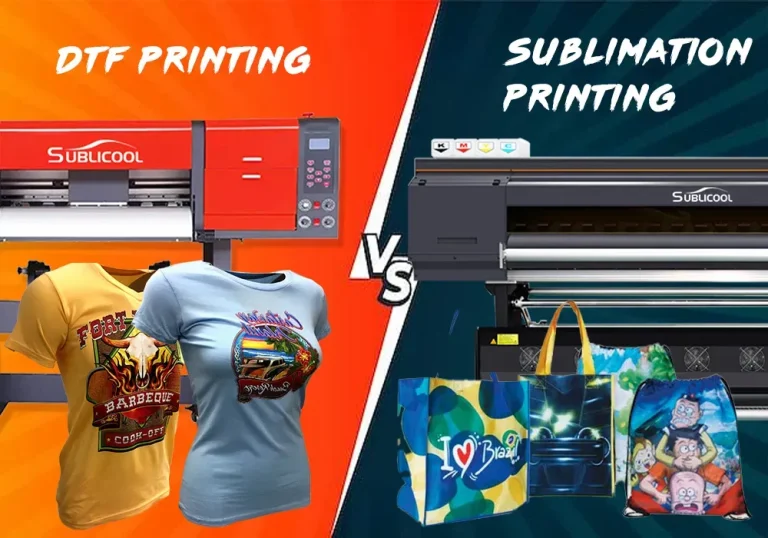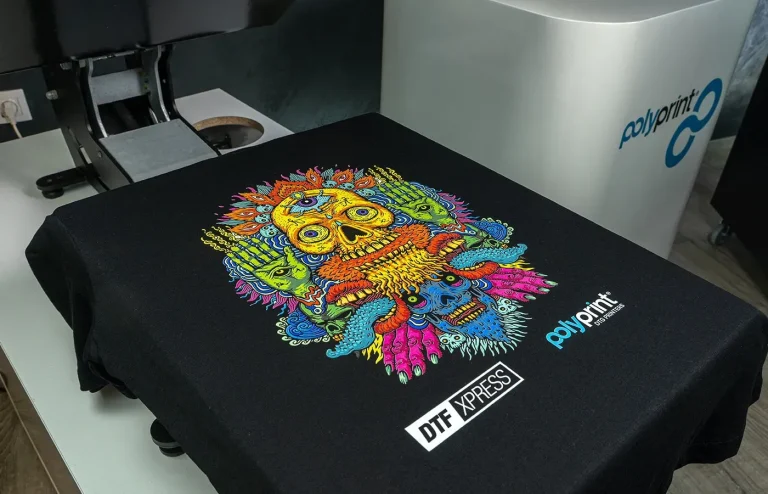DTF printing, or Direct-to-Film printing, is revolutionizing the world of custom apparel and DIY printing, offering enthusiasts an exciting way to create high-quality designs with ease. This innovative technique involves printing intricate designs onto a specialized film, which can then be effortlessly transferred to various fabrics through heat transfer printing. As a result, DTF printing is being embraced by crafters and small businesses alike, allowing for vibrant, durable prints on a range of materials including cotton and polyester. With the right DTF supplies and a few printing tips, anyone can dive into this artistic venture and bring their personalized designs to life. Explore the endless possibilities of DTF printing and discover why it is quickly becoming a go-to method for fabric decoration.
Direct-to-Film printing, often referred to as DTF or heat transfer printing, is an avant-garde approach that caters to the burgeoning field of custom apparel creation. This method of printing allows users to efficiently apply detailed graphics onto fabrics using a unique transfer film, bridging the gap between traditional techniques and modern technology. DTF provides a versatile solution for both professional garment decorators and DIY enthusiasts, making it a preferred choice for producing personalized clothing items. Utilizing specialized DTF supplies such as inks and films, artists can craft vibrant designs that are not only visually striking but also long-lasting. As more creators seek innovative ways to express their style, understanding the nuances of DTF will empower them to elevate their printing projects.
Understanding the Basics of DTF Printing
DTF printing, or Direct-to-Film printing, is a cutting-edge technique that allows for the transfer of high-quality designs onto garments with stunning vibrancy. This printing method involves using a specialized printer to apply ink onto a specially formulated transfer film. Once the image is printed, it is coated with an adhesive powder and then cured, preparing it for heat transfer onto your chosen fabric. DTF printing stands out for its ability to produce intricate designs, making it a favorite for custom apparel creators seeking to make a statement.
This innovative printing technique not only supports a range of fabrics, including cotton, polyester, and blends, but also offers flexibility in terms of design complexity. As a result, DTF has rapidly become an essential method within the DIY community, transitioning traditional printing practices into modern, efficient solutions. Popular among both small businesses and hobbyists, DTF printing has revolutionized how individuals approach custom apparel, enhancing creativity while reducing production time.
Key Equipment Needed for Effective DTF Printing
To embark on your DTF printing journey, you’ll need several key pieces of equipment that are critical for achieving professional results. Firstly, having a DTF printer is non-negotiable. These printers are designed to work specifically with DTF inks, including white ink, which is essential for creating vivid prints on dark fabrics. Popular options like the Epson P600 or Mimaki UJF Series are frequently recommended for their quality and reliability.
In addition to a printer, a heat press plays a pivotal role in the DTF process. Selecting a heat press that ensures even heat distribution while allowing for precise temperature and pressure adjustments can significantly impact the quality of your prints. Furthermore, investing in high-quality DTF inks and transfer films is crucial, as these materials directly affect the adhesion and final appearance of your designs. Remember, the right setup helps to mitigate common challenges and enhance your DIY printing experience.
Best Practices for Preparing Your Designs
Design preparation is a critical step in the DTF printing process and can greatly influence your project’s success. Using sophisticated design software like Adobe Illustrator or Photoshop ensures that your graphics are not only vibrant but also formatted correctly for printing. For optimal resolution, your artwork should be at least 300 DPI and in CMYK color mode, providing a realistic representation of the final product. Don’t forget to check the file formats supported by your printer, as this is vital for seamless integration.
Color management is another essential factor to consider when preparing your designs. It’s recommended to run test prints before committing to the final version to adjust any discrepancies in color reproduction. Understanding how the final transfers will appear on different fabric types is key, as colors may vary based on the fabric’s absorbency and finish. This pre-printing phase can save you time and materials in the long run, ensuring that your results align closely with your creative vision.
Troubleshooting Common DTF Printing Issues
Every DTF printer user, especially beginners, will face challenges as they navigate the intricacies of this printing method. One common issue is ink smudging or blurriness, which can stem from improper printer settings. It’s advisable to regularly calibrate your printer and ensure that it is compatible with DTF media types. Should these issues persist, cleaning the print heads can often rectify the problem, ensuring that your prints retain their sharpness.
Another prevalent concern is poor adhesive adhesion, which can lead to designs peeling off after washing. Checking the temperature settings on your heat press is vital; inadequate heat can be a primary culprit behind this issue. Additionally, assessing the quality of the DTF films and adhesive powder used can help identify potential weaknesses in your process. By addressing these fundamental aspects, you can significantly reduce errors and improve overall print quality.
Exploring Current Trends in DTF Printing
The DTF printing market is witnessing remarkable growth driven by its increasing adoption among small businesses and DIY enthusiasts alike. The rise of DTF printing is largely attributed to its cost-effectiveness and ability to produce high-quality prints without the need for extensive equipment setups. Creative individuals are discovering how this technology streamlines the process of creating custom apparel, with options for short-run production quickly gaining traction in various industries.
Additionally, technological advancements continue to enhance the capabilities of DTF printing. The introduction of new printer models and improved ink formulations are driving significant improvements in print quality and speed. As more users transition from traditional screen printing methods to DTF, the Shift reflects a broader trend towards personalization and customization in the garment industry.
Resources for Mastering DTF Printing
For those venturing into DTF printing, numerous resources are available online to help you hone your skills. Platforms like YouTube feature a plethora of detailed tutorial videos that guide you through each step of the printing process, from setup to execution. These visual aids bridge the gap between theory and practice, offering valuable insights that can elevate your DIY projects.
Moreover, engaging with online communities, such as forums and Facebook groups focused on DTF printing, can provide a treasure trove of tips and shared experiences from seasoned printers. These exchanges can offer practical problem-solving strategies and inspiration for your designs. Taking advantage of these resources can empower you to tackle challenges confidently and refine your DTF printing prowess.
Frequently Asked Questions
What is DTF printing and how does it work?
DTF printing, or Direct-to-Film printing, is a modern garment printing technique that involves printing designs onto a specialized transfer film which is then applied to fabrics using heat. This method allows for vibrant colors and intricate details, making it ideal for custom apparel, promotional items, and various fabric applications.
What equipment is necessary for effective DTF printing?
To successfully engage in DTF printing, you will need a specialized DTF printer, a reliable heat press, quality DTF inks and films, and adhesive powder. Each component is essential for ensuring excellent print quality and easy transfer to fabric.
What are the best practices for DIY printing with DTF supplies?
When engaging in DIY printing with DTF supplies, calibrate your equipment regularly, use high-quality design software, choose the right film finish (matte or glossy), and adjust heat press settings according to substrate requirements. Proper preparation and technique are key to achieving stunning results.
How do I choose the right DTF film for my projects?
Selecting the right DTF film involves understanding the compatibility with your printer and inks. Opt for high-quality films that suit your desired finish, either matte for deeper colors or glossy for shine. Evaluate product reviews and recommendations for the best outcomes.
What common challenges do beginners face with DTF printing and how can they be resolved?
Beginners in DTF printing may encounter issues such as ink smudging or poor adhesion. To resolve these, ensure printer settings are correctly configured, that the print heads are clean, and that heat settings on the press are adequate for proper adhesion.
Why is DTF printing becoming popular for custom apparel?
DTF printing is gaining traction for custom apparel due to its cost-effectiveness, ease of use, and versatility. It allows for quick production of high-quality, detailed prints on various fabrics, making it an excellent choice for small businesses and DIY enthusiasts.
| Aspect | Details |
|---|---|
| What is DTF Printing? | A method that prints designs onto transfer film applied to fabrics using heat, known for vibrant colors and versatility across materials. |
| Equipment Needed | 1. DTF Printer (e.g., Epson P600) 2. Heat Press 3. High-Quality DTF Inks and Films 4. Adhesive Powder |
| Success Tips | – Proper calibration and maintenance of equipment – Effective design preparation using good software – Choosing the right film type (matte/glossy) – Setting appropriate temperature and pressure levels – Proper curing of adhesive powder |
| Common Challenges | – Ink smudging: Adjust printer settings, clean heads – Poor adhesion: Check temperature, evaluate film quality |
| Market Trends | Transition from traditional printing, increased adoption by DIY enthusiasts, and ongoing tech advancements. |
| Educational Resources | YouTube tutorials and online communities provide valuable insights for beginners. |
Summary
DTF printing is revolutionizing the garment printing industry with its cost-effective and efficient approach. As a versatile method, it allows for high-quality designs on various fabrics, making it ideal for custom prints and promotional items. By understanding the essential equipment and following best practices, both novices and seasoned enthusiasts can master this technique. With the continuous evolution in technology and resources available, embracing DTF printing not only enhances creative projects but also promotes growth in small businesses that seek to stand out in a competitive market.







